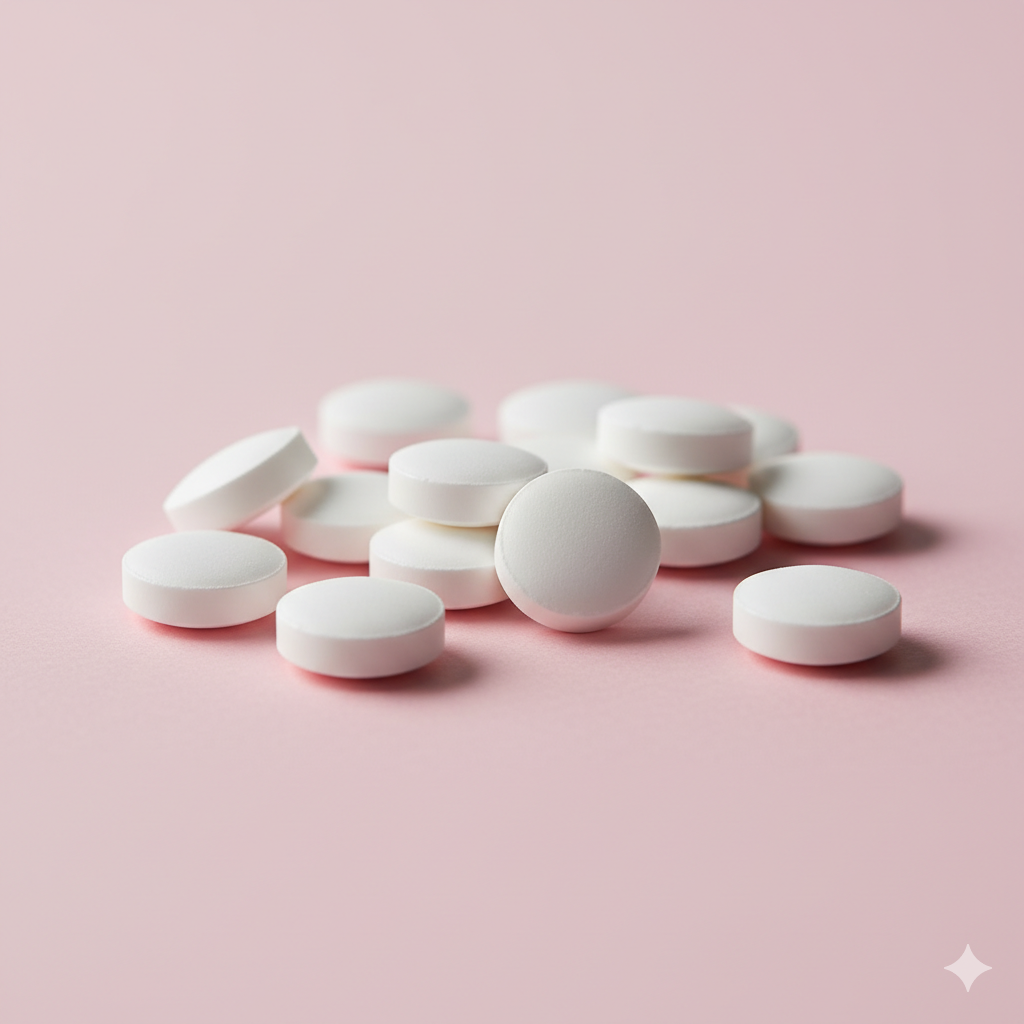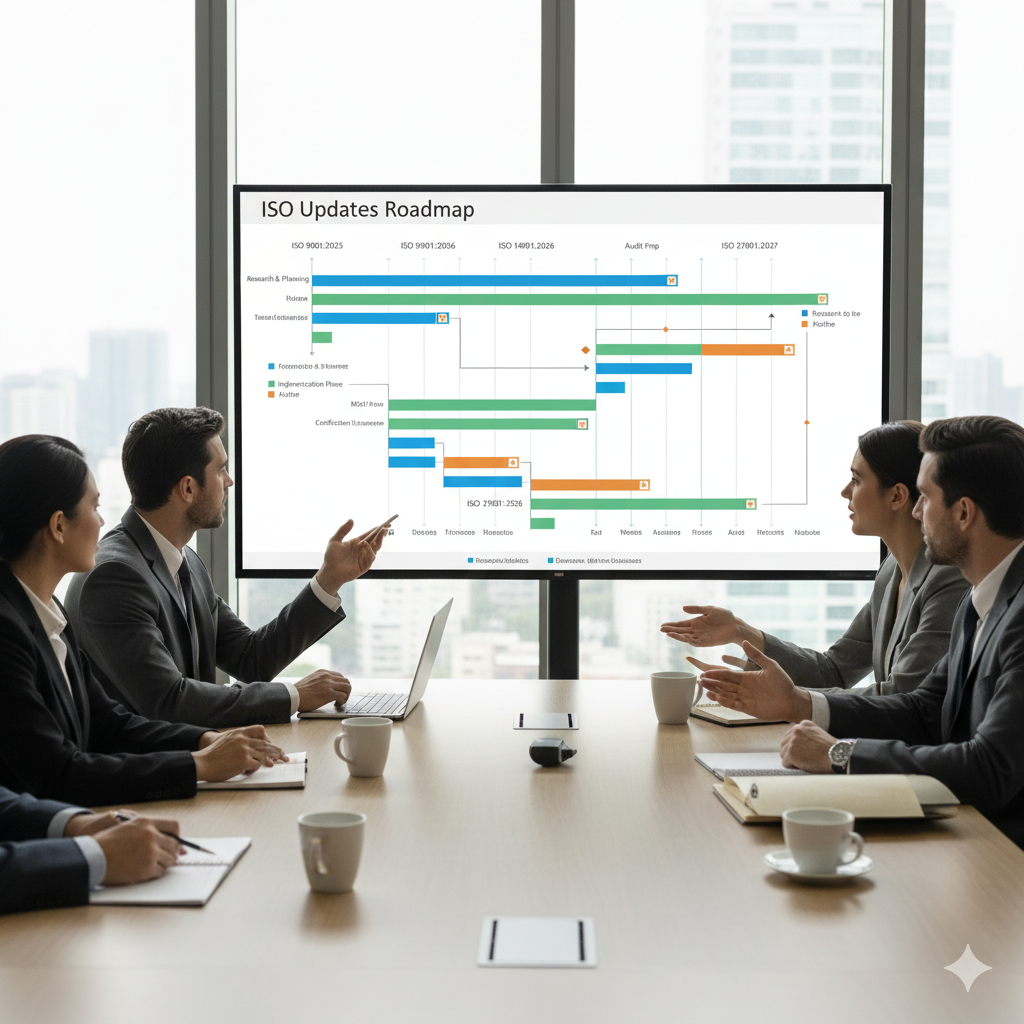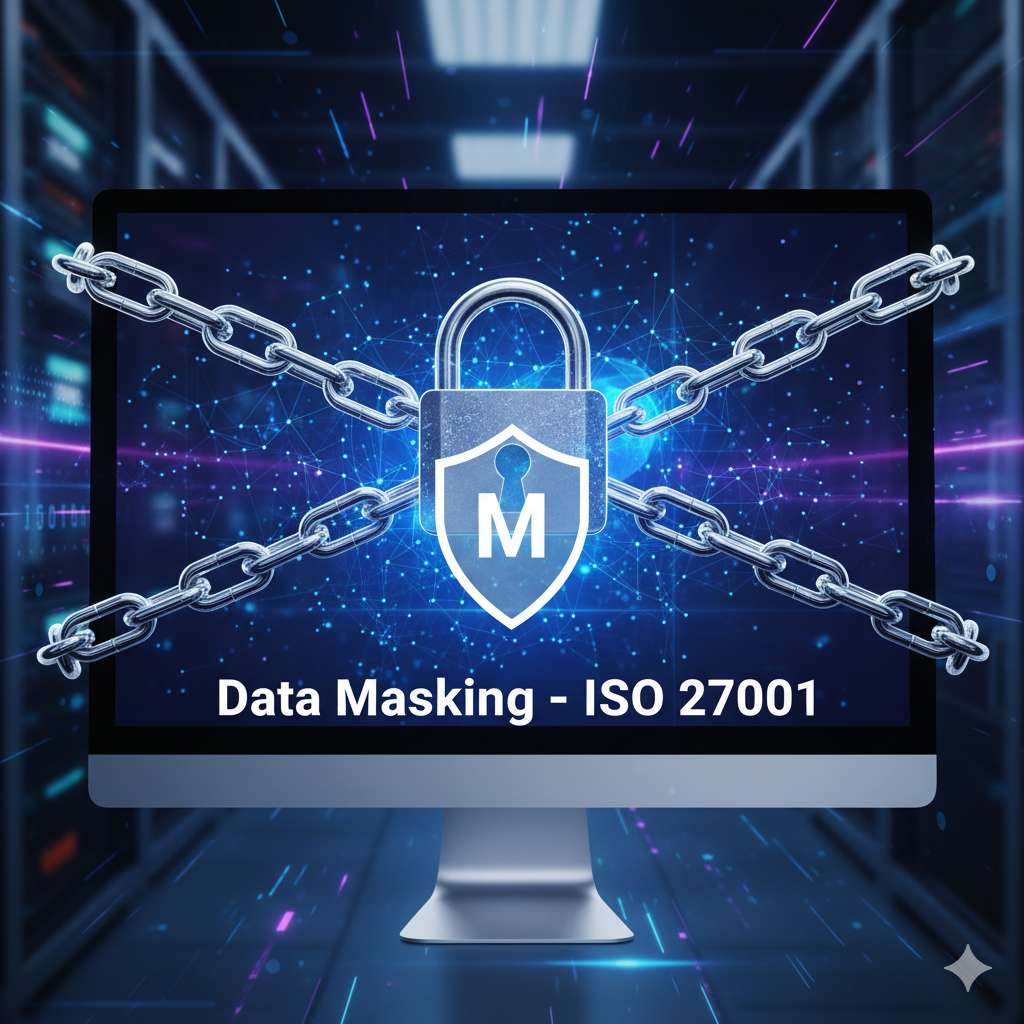The Ultimate Guide to Preparing for Food Safety Audits in the Manufacturing Industry
Food safety is a critical concern in the manufacturing industry. One of the essential tools for maintaining high standards and preventing foodborne illnesses are food safety audits. Yet, preparing for these can often seem like a monumental task. In this detailed guide, we'll take you through each step of how to prepare for food safety audits, making the process manageable and less daunting.
Demystifying Food Safety Audits
Food safety audits involve systematic evaluations of your manufacturing processes, quality control systems, facilities, and staff practices. They aim to ensure your manufacturing practices comply with local and international regulatory standards. Audits are crucial for your business; they safeguard your consumers' health, uphold your brand's reputation, and can even enhance operational efficiency.
Step-by-Step Guide to Preparing for Food Safety Audits
1. Understand the Regulations: The first step in preparing for an audit is to understand the relevant regulations and standards applicable to your business. These can vary based on your geographical location and the nature of your products. They include standards such as Hazard Analysis and Critical Control Points (HACCP), regulations from the Food and Drug Administration (FDA), ISO 22000, and others. These regulations provide a framework for implementing effective food safety management systems.
2. Implement a Food Safety Management System (FSMS): A robust FSMS is vital for ensuring consistent food safety. This systematic approach helps identify and control food safety hazards within your facility. The development and implementation of a FSMS involves a cycle of plan-do-check-act (PDCA) and should be adapted to the unique conditions of your business.
3. Regular Employee Training: One of the most important assets of your manufacturing operation is your staff. Regular training sessions on food safety, hygiene, hazard identification, and mitigation are crucial. These sessions should be tailored to each employee's role and should cover critical points, such as correct food handling, personal hygiene, and the importance of safety equipment.
4. Comprehensive Documentation: Documentation is the backbone of any audit process. It provides proof that your company adheres to food safety standards. You should maintain complete and accurate records of your processes, safety measures, risk assessments, and staff training procedures. Ensure that these documents are readily accessible for review during audits.
5. Conduct Regular Internal Audits: Internal audits serve as a rehearsal for the official audit and help you identify potential gaps in your food safety program. They familiarize your team with the audit process, reduce non-compliance risks, and help to foster a culture of continuous improvement within your organization.
6. Maintain Cleanliness and Equipment: Regular cleaning and maintenance of your facility and its equipment are crucial. A well-maintained environment minimizes the risk of contamination, boosts efficiency, and extends the lifespan of your equipment.
7. Develop a Detailed Audit Checklist: A comprehensive food safety audit checklist can help ensure no area is overlooked during preparations. This checklist should be all-encompassing, covering areas from raw material storage and handling, allergen management, waste management, to pest control, and emergency procedures.
Navigating Post-Audit Actions
Despite meticulous preparations, auditors may still highlight areas for improvement. Instead of perceiving this as a setback, view it as an opportunity to enhance your food safety standards. Ensure you promptly implement the corrective actions advised by the auditors. Regularly monitor and review the effectiveness of these corrective actions to prevent future recurrence.
Final Thoughts
Food safety audits, although challenging, are a critical component of your business. They ensure you're producing safe, high-quality food, maintaining compliance with regulations, and ultimately safeguarding your customers' health. Preparing for these audits doesn't have to be an intimidating process.
Useful links:
- FDA Food Safety Modernization Act (FSMA)
- ISO 22000 Standards
- HACCP Principles & Application Guidelines











